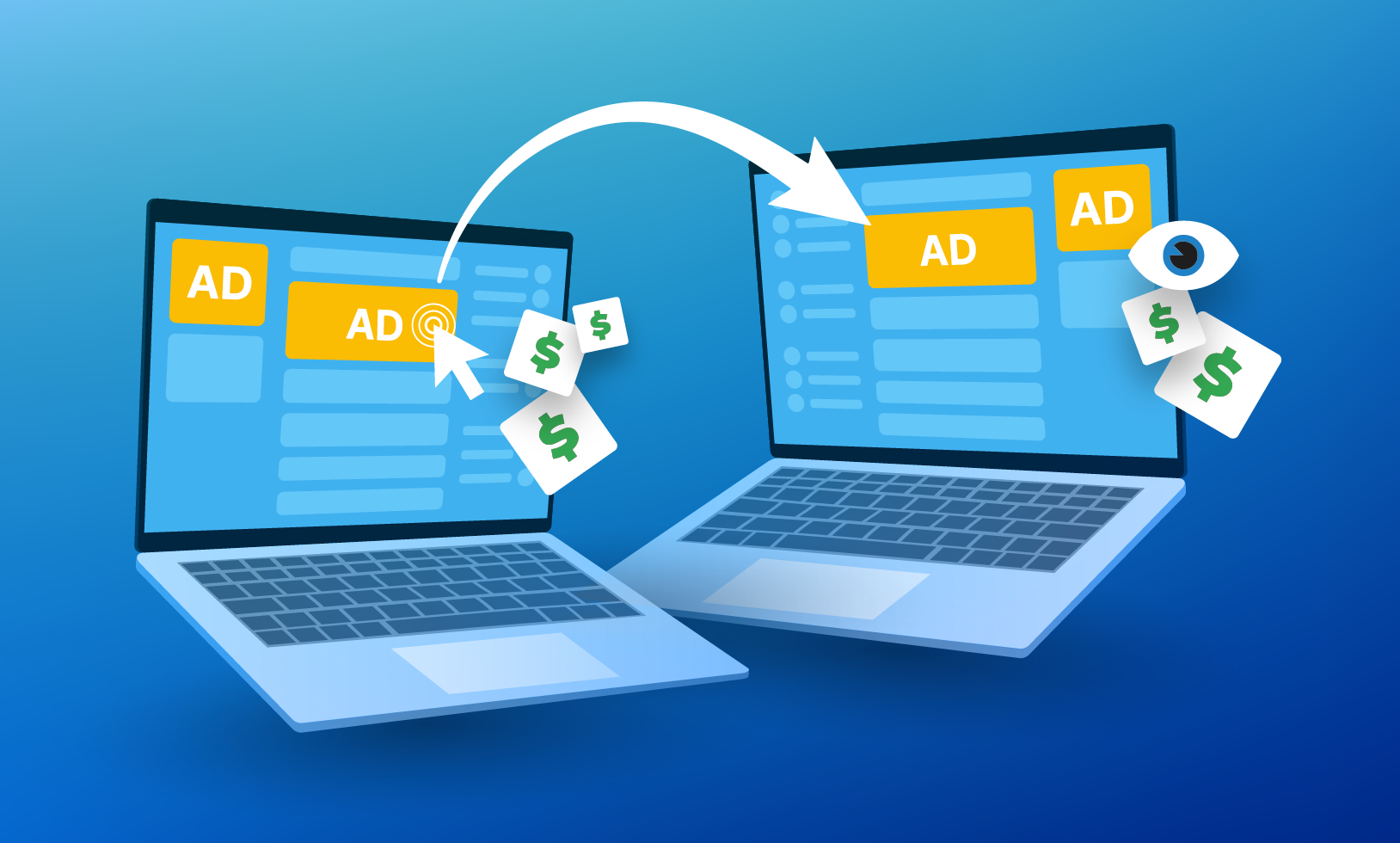Google AdSense moves to pay per impression: What does it mean for publishers?

In a recent update, Google AdSense, a prominent platform for website monetization, has announced a shift in its payment model. The platform will move from the traditional pay-per-click (PPC) system to a pay-per-impression (PPI) structure. This change comes as part of AdSense’s ongoing efforts to adapt to the evolving landscape of the advertising industry. In this article, we will delve into the evolution of the Google AdSense payment system, explore the advantages and disadvantages of the new pay-per-impression model, and touch upon Clickio AdSense Mediation.
Index
- Evolution of Google Adsense Payments system
- Advantages of the Pay-per-impression
- Disadvantages of the Pay-per-impression
- Clickio AdSense Mediation: navigating changes with ease
- Conclusion
Evolution of Google AdSense Payments System
AdSense, created two decades ago, has been a pivotal tool for publishers of all sizes to generate revenue from their websites. The platform simplified digital advertising by connecting publishers with advertisers globally, allowing them to sell their ad spaces easily. Over the years, AdSense has paid out billions of dollars to its publishing partners, enabling content creators to focus on producing high-quality content.
As the advertising industry has transformed, so have the monetization choices available to publishers. In response to these changes, AdSense is introducing two significant updates: a modification to the revenue-share structure and a transition to paying publishers per impression.
Advantages of the Pay per Impression
The move to pay-per-impression brings several advantages for publishers. Firstly, it provides a consistent way for publishers to compare fees across various technologies used for monetization. This change also enhances transparency in the media-buying process, allowing publishers to understand better how revenue is generated.
The new revenue-share structure separates fees for the buy-side and sell-side, ensuring that publishers receive 80% of the revenue after deducting the advertiser platform’s fees. This clear breakdown simplifies the financial aspects of monetization for publishers. Moreover, moving from PPC to PPI model will allow publishers to predict more easily the potential earning.
Disadvantages of the Pay per Impression
While the pay-per-impression model offers transparency and a standardized approach, it may pose challenges. While earnings will become on average less volatile, sites with very high CTRs can see their earnings decrease. Publishers accustomed to the pay-per-click model may need to adjust their strategies to optimise for impressions rather than clicks. The effectiveness of this transition will hinge on the specific nature of content, audience engagement, and the publisher’s ability to adapt.
Clickio AdSense Mediation: Navigating Changes with Ease
AdSense Mediation serves as a bridge between a publisher’s AdSense account and the Clickio platform. Doing so facilitates healthy competition between Google AdSense and Clickio’s own advertising partners. The primary objective is to ensure publishers receive the highest-paying ads for their inventory, maximising revenue potential.
The distribution of impressions within AdSense Mediation is a dynamic process, constantly adjusted based on performance metrics such as geography, time, and device. This adaptive approach aims to maximize every ad unit’s Revenue Per Mille impressions (RPM), ensuring optimal results for publishers.
Key Advantages for publishers:
- Optimal Performance: Publishers benefit from the highest-performing ads served by Clickio or AdSense. The competition between the two ensures that publishers always receive the most lucrative opportunities.
- Unified Management: AdSense Mediation offers a centralized platform for managing all ad units. Publishers can efficiently oversee their entire advertising setup in one place, simplifying the management process.
- Unified Reporting: Publishers gain the ability to track all earnings in a single location through Unified Reporting. This comprehensive view enhances transparency and facilitates strategic decision-making.
Conclusion
In conclusion, the recent shift to a pay-per-impression model signifies a change in how publishers monetize their content. While the changes aim to enhance transparency and simplify monetization, publishers may need to adapt their strategies accordingly. AdSense Mediation stands out as a robust solution to navigate these changes without stress. This mediation approach ensures optimal performance, unified management, and transparent reporting, offering publishers a seamless transition in the evolving landscape of digital advertising. Ready to work with us? Sign up here
